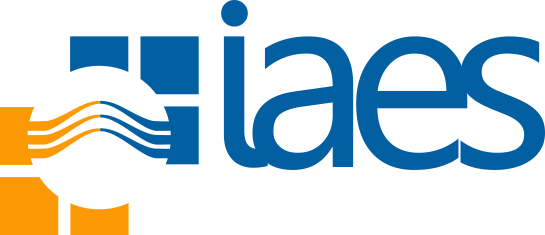Kurniawan et al. (2024) analyzed public interest in waste management knowledge. They used data from Google Trends to identify current events in waste management based on the analysis of online news content. They used vector autoregressive (VAR) with impulse response function (IRF) and latent dirichlet allocation (LDA) as their analysis methods. They suggested that it takes at least four weeks for individuals to absorb waste management information. They highlighted the need for the government and pentahelix components to collaborate to reduce the delay in information acquisition by the public. The study emphasized the importance of waste management information guiding the selection of keywords by information providers [1].
Information that is easily spread, will make the follow-up of waste management also more prepared. Mulasari et al. (2024) conducted a study that focused on the entrepreneurial readiness of the waste bank community in Ngalang Village, Gunungkidul Regency [2]. This phenomenological qualitative research uses content analysis as its data analysis method. The respondents were six administrators and members of the waste bank community who met specific criteria: not having a permanent job, being active, and having been involved in the waste bank for at least one year. They found that the waste bank community in Ngalang Village demonstrated entrepreneurial readiness through various skills and traits, including:
- Business skills: community members have the necessary skills to run a business.
- Courage in the face of business failure: they can handle and anticipate business failure.
- Social network support: the community has networks that support business activities.
- Identifying business opportunities: they can recognize opportunities for business growth.
- Preparing business development plans: community members prepare business development plans.
- Physical, mental, and spiritual preparation: they are physically, mentally, and spiritually prepared to undertake business activities.
- Strong personalities: community members have strong personalities.
- Willingness to develop skills: they are willing to develop their skills.
- Preparation for business activities: the community is ready to undertake business activities.
- Preparation for marketing: they are prepared to market their products.
These entrepreneurial readiness factors are critical for the waste bank community in Ngalang Village to successfully start and sustain a business. Mulasari et al. highlighted the importance of these factors in the entrepreneurial journey of the waste bank community [2].
Reference:
R. Kurniawan, A. Purwanto, A. K. Monika, K. T. Wahyuni, M. Y. Hendrawan, and M. A. Isnaeni, “Google trends and online media data for supply and demand information in waste management evaluation in Jakarta,” Indonesian Journal of Electrical Engineering and Computer Science (IJEECS), vol. 30, no. 2, pp. 1140–1140, May 2023, doi: 10.11591/ijeecs.v30.i2.pp1140-1149.
S. A. Mulasari, F. Tentama, D. R. Kusuma, S. Sulistyawati, and T. W. Sukesi, “Waste management through a waste bank based on entrepreneurial readiness in Ngalang Village,” International Journal of Public Health Science (IJPHS), vol. 13, no. 3, pp. 1409–1421, Sep. 2024, doi: 10.11591/ijphs.v13i3.22547.
By: I. Busthomi





